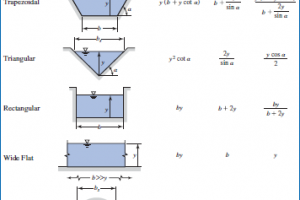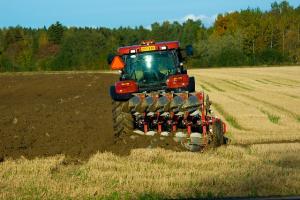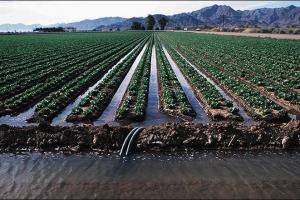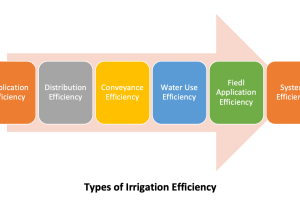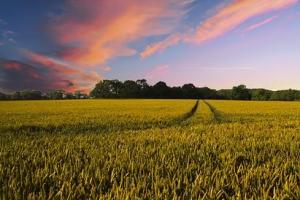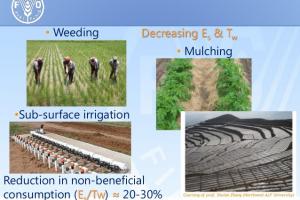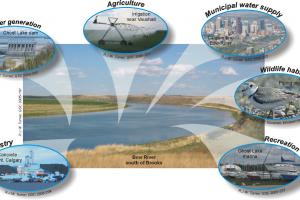Design Of Non Erodible Channels
The Initial dimensions of a channel are determined by uniform flow or manning formula. But final dimensions are determined on the basis of
- Hydraulic efficiency
- Empirical rule of the best section.
- Practicability And Economy
Factors Considered In The Design:
- Kind of material to find.
- Minimum Velocity (2-3ft/s)
- Maximum velocity.
- Bed slopes.
- Side slopes
- Free board.
- Kind of material is important to find the roughness coefficient of channel.
- Minimum Velocity is 2-3 ft/sec -> non silting velocity to prevent aquatic growth.
- Maximum velocity is upto 8 ft/sec more than the above value, the lining blocks, are pulled away by moving water.
- Bed slope is dependent upon topography and energy required for flow of water.
- Side Slope: It Depends upon the material forming the chemical section e.g earth with lime stone h1 : 1v
earth with concrete h1/2 : 1v - Free Board: Distance between top of channel to max water surface it should prevent waves it should be 5-13 % of depth.
U.s B.r ---> F = underroot cy
F = Free Board In ft C=1.5 --->20ctt
Y = Depth in ft 2.5--->3000cft
Best section ---> Max Q for min p( wetted perimeter)
Best Section Of Half Hydrogens, Trapezoid (formula) Underroot 3y power 2, 2underroot 3y , y/2 4/3 2y 3/2y 3/5
Rectangular 2y power 2 4y y/2 2y 2y 2.5
Designing Steps For Non Erodible Channel:
- Collect All information And estimate n and s.
- Computer section factory AR2/3 = nq/1.486 s 1/2.
- Substitute The values of a and r from
A = (b+zy) y
p = b+2y underroot 1+z power 2
R = (b+zy)y/b+2y underroot1+z power 2





